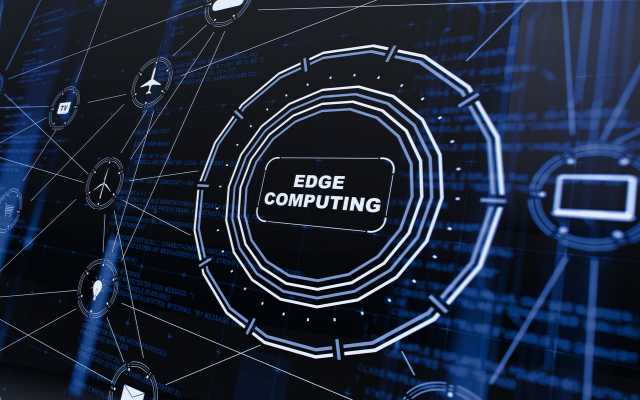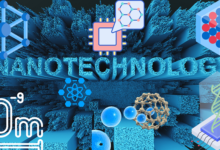Revolutionizing Data Processing: The Benefits of Edge Computing

Revolutionizing Data Processing: Edge Computing Edge computing is a paradigm shift in the way data is processed and analyzed. Instead of sending data to centralized data centers or cloud servers for processing, edge computing brings the processing power closer to the source of the data, enabling real-time analysis and decision-making. This approach offers several benefits over traditional data processing methods, making it an attractive option for a variety of industries.
Benefits of Edge Computing
Reduced Latency
One of the main advantages of edge computing is reduced latency. In traditional data processing, data must be transmitted over long distances to a central data center or cloud server, which can take time and result in latency. With edge computing, data is processed close to the source, reducing the time it takes to transmit and process the data, resulting in real-time analysis and decision-making.
Improved Reliability:
Edge computing also offers improved reliability compared to traditional data processing methods. By processing data closer to the source, edge computing minimizes the risk of data loss or corruption during transmission. Additionally, processing data at the edge can increase the overall reliability of the system by reducing the dependence on a single central data center or cloud server.
Cost Savings
Another advantage of edge computing is cost savings. By reducing the amount of data that needs to be transmitted over long distances, edge computing can reduce the costs associated with network infrastructure and bandwidth. Additionally, by processing data locally, organizations can reduce their dependence on cloud computing services and reduce their overall IT costs.
Increased Privacy:
Edge computing can also increase privacy compared to traditional data processing methods. By processing data locally, organizations can reduce the amount of data that is transmitted over the internet and stored in the cloud, reducing the risk of data breaches and improving overall privacy.
Improved Scalability
Finally, edge computing offers improved scalability compared to traditional data processing methods. As the amount of data generated continues to grow, traditional data processing methods can become overwhelmed, resulting in increased latency and decreased reliability. Edge computing, on the other hand, can handle large amounts of data by processing it closer to the source, reducing the load on central data centers and cloud servers, and improving overall scalability.
Edge computing is a distributed computing paradigm that brings processing power closer to the source of data. It is designed to address the challenges posed by traditional data processing methods, such as latency, reliability, and scalability. By processing data locally, edge computing can reduce the amount of data that needs to be transmitted over long distances, improving response times and reducing the risk of data loss or corruption.
Edge computing is particularly well suited for applications that require real-time processing, such as Internet of Things (IoT) devices, autonomous vehicles, and industrial automation systems. For example, in the case of an autonomous vehicle, the data generated by its sensors must be processed in real-time to make decisions about the vehicle’s movements. By processing this data locally, the vehicle can respond quickly to changing road conditions and avoid obstacles, improving overall safety.
Edge computing can also improve overall security by reducing the amount of data that is transmitted over the internet and stored in the cloud. By processing data locally, organizations can reduce the risk of data breaches and improve privacy. Additionally, edge computing can reduce the overall cost of data processing by reducing the dependence on cloud computing services and minimizing the need for expensive network infrastructure.
Edge computing can also improve scalability compared to traditional data processing methods. As the amount of data generated continues to grow, traditional data processing methods can become overwhelmed, resulting in decreased reliability and increased latency. Edge computing, on the other hand, can handle large amounts of data by processing it closer to the source, reducing the load on central data centers and cloud servers, and improving overall scalability.
- Top 5 Uses of an AWS Consulting Company
- Advantages of PDF DRM vs PDF password protection
- BharOS a secure Operating System
Conclusion
Edge computing is a revolutionary approach to data processing that offers several benefits over traditional data processing methods. By reducing latency, improving reliability, reducing costs, increasing privacy, and improving scalability, edge computing is poised to play a major role in the future of data processing and analysis. As the amount of data generated continues to grow, organizations are increasingly turning to edge computing as a way to improve the efficiency, reliability, and privacy of their data processing operations.







